The disastrous automotive history of Russia | Axon’s Automotive Anorak
When Putin’s military muppets first invaded Ukraine unprovoked seven weeks ago, I began writing this Anorak saying at the time that, ordinarily, I wouldn’t put my head above the parapet and get political because I’d rather not use this weekly Automotive Anorak as a political platform.

However, given the unprecedented, shocking and brutal on-going attack on Ukraine by a deranged and demonic mad man, more than ever Ukraine and its citizens need all the support and solidarity that they can get from the civilised democratic world.
On this note, I was delighted to see the very positive and united response last weekend from the many enthusiastic visitors at the 79th Members’ Meeting presented by Audrain Motorsport to Goodwood’s support of the current mindless outrage against Ukraine. Seeing all of those blue and yellow Ukrainian flags flying around the Goodwood Motor Circuit certainly gladdened the heart and seemed to generate unprecedented nods of approval from all of the visiting race fans.
Although the democratic western world outside of Ukraine is only now beginning to feel the economic effects of Putin’s invasion in terms of the supply of oil, precious metals and certain Ukraine-manufacturered automotive components, such as seat belts, etc. Putin’s invasion is having a devastating impact at every level. This includes unwelcome but predictable cyber crimes, such as the early cyber attack on Toyota, forcing it to stop its entire vehicle production at each of its numerous Japanese factories. This was possibly intended as a ‘punishment’ by the Kremlin, due to Japan rightly condemning Putin’s astonishingly violent actions, as most of the civilised world has gone on to do.
Since Russia’s invasion of Ukraine, nearly every vehicle maker has halted deliveries and suspended sales to Russia, pausing production, ironically not only due to the many sanctions against Putin’s regime, but also due to a lack of parts from Ukraine-based component suppliers. Many car makers have understandably severed links with any Russian partners, despite the country being the world’s eighth-largest automotive new car market. Some 1,666,780 passenger cars were sold in the Russia last year - more than in Canada, France or the UK, for example, with Toyota taking the Russian number one slot, followed by Renault in second place. This large French automotive alliance now ceasing all production at its Russian-based facilities, including the colossal AUTOVAZ factory in Togliatti, more familiar to the western world as the home of Lada.

At the time of writing, in a rapidly changing crisis, many car makers are offering welcome and much-needed financial support to Ukraine and its millions of displaced citizens. JLR, General Motors, Volvo, and even the famed American motorcycle maker Harley-Davison were among the first to immediately stop all sales in Russia. Meanwhile, the world-wide sanctions against the country already having an impact on the manufacturer and sales of ultra-high-end luxury and exclusive car makers such as Bentley, Bugatti and Pagani as they rightly suspend sales to all Russian oligarchs based around the globe.
The forced closure of all Russian vehicle factories is no real loss to the civilised western world because, post-tsar era, no Russian vehicles are sold in potentially lucrative export markets. Add to that the fact that Russia has never developed or made a car worthy of any real merit or note – in-line with most other ex- and/or current communist states – with the possible exception of AUTOVAZ’’s long-lived Lada Niva 4x4 (created with huge Fiat input and knowhow in the mid-1970s), plus the almost mythical Marussia supercars that displayed some unfulfilled promise a decade ago.
Ukraine has been the food basket of Europe, rich in natural resources such as wheat and grain, as well as other covetable riches such as oil and gas, which won’t have escaped Putin’s notice. Ukraine is also an important European leader and pioneer in technology. We have the Ukrainians to thank for the creation of WhatsApp, Instagram and Grammarly, for example, along with the invention of the digital camera doorbell.
Despite Ukraine having this admiral pool of creative technology leaders, however, its motor industry has never flourished in quite the same way, primarily due to its legacy as the provider of small, affordable cars during the dark days of the grim USSR era.

During its bleak existence under the red flag regime, Ukraine’s main car maker ZAZ (Zaporiz’kyi Avtombilebudivnyi Zavod) produced the 1950s Fiat 600-inspired ZAZ Zaporozhets 965, a rear-engined horror sold throughout the former Eastern-bloc. There were a handful of exports in the 1960s such as the Yalta 850, with the car even assembled for a short time in Belgium by Scaldia, based near Brussels airport. The awful ZAZ 965 (as tolerated by Pierce Brosnan’s James Bond in the 1995 007 blockbuster Goldeneye) made way in 1966 for the barely-improved NSU Prinz facsimile; the V4-rear-engined ZAZ 966 and ‘improved’ 968 (also assembled in Belgium by Scaldia as the Yalta 1000, using a more acceptable Renault 8 engine).
Built beyond the dying days of the USSR, the ZAZ 968 continued in production until as late as 1994, the car still remains a common sight, (visible in the background in many a TV Ukraine war report); the model was eventually superseded by the more modern (but still dire) front-engined, front-wheel-drive ZAZ Tavria.
Theoretically, the ZAZ vehicle plant still exists today, rebranded as AutoZAZ, eventually being taken over post-Communist era by the now-failed South Korean Daewoo. It was used to produce that brand’s older cast-off models such as the Lanos, optimistically renamed as Chance for the saloon version and Vida for the more popular hatch. These were ultimately replaced by re-worked Daewoo models to create the ZAZ Forza and Sens.
After the Company’s financial collapse in 2015, ZAZ was ‘saved’ by the Chinese automotive giant Geely (also the owner of Volvo and Lotus Cars) to locally build Chinese Geely models under licence. A two-minute history of ZAZ Cars can be viewed here.
In addition to ZAZ, Ukraine’s only other vehicle maker was LuaZ, the producer of cheap but very crude and rustic small 4x4s, as a poor-man’s answer to the more capable (but still nasty) Russian UAZ and better Lada Niva.
Until the Russian invasion weeks ago, the only other Ukrainian car of any note was the charming Kiev-based Miracle One, a modern pastiche of a 1930s-style of two-seater competition roadster with electric power. I do hope the team behind this pleasing EV are all still alive and as well as can be expected in such intolerable circumstances. As for any Russian cars, they can keep them in the Kremlin because the world doesn’t want or need such inferior, out-dated machines.
Axon's Automotive Anorak
Lada
Marussia
Niva
ZAZ





